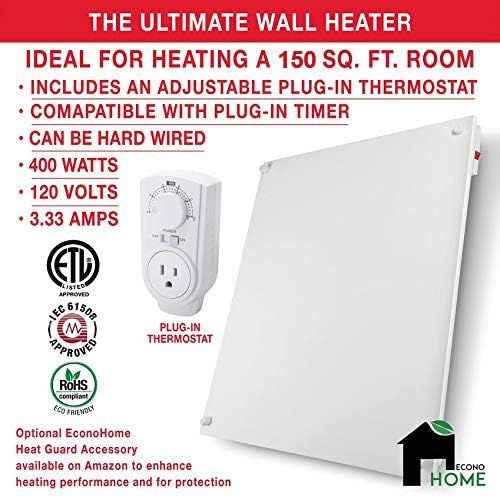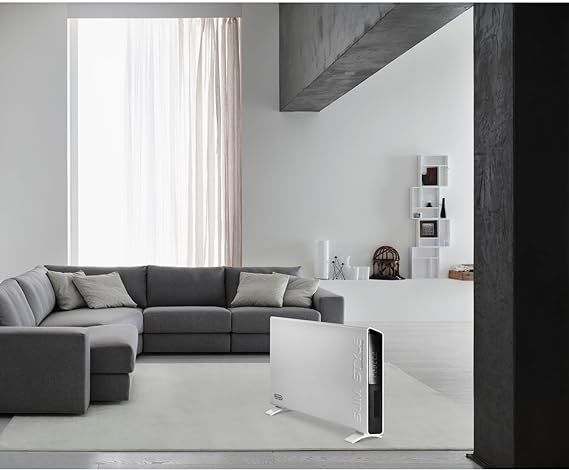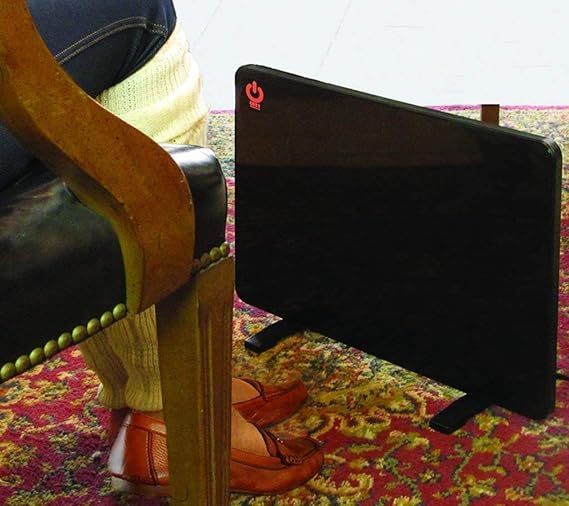How to Choose a Convector Panel
- Understanding Convector Panels
- Electric Convector Panels
- Hydronic Convector Panels
- Hybrid Convector Panels
- Key Factors to Consider When Choosing a Convector Panel
- Heating Capacity
- Room Size and Layout
- Energy Efficiency
- Control Options
- Safety Features
- Design and Aesthetics
- Installation Requirements
- Noise Level
- Warranty and Support
- Price and Budget
- Environmental Impact
- User Reviews and Ratings
- Additional Tips for Maximizing Performance
- Proper Placement
- Insulation
- Regular Maintenance
- Use in Combination
- Conclusion
When it comes to heating solutions, convector panels have become increasingly popular due to their efficiency, low energy consumption, and sleek design. Whether you’re looking to heat a small room or an entire house, choosing the right convector panel requires careful consideration of several factors. In this comprehensive guide, we’ll walk you through everything you need to know about selecting the perfect convector panel for your needs.
Understanding Convector Panels
Convector panels, also known as radiant panels or wall-mounted heaters, work by circulating air over heated surfaces, thereby warming the room efficiently. They typically consist of a metal enclosure containing heating elements, which transfer heat to the surrounding air via convection currents. Before delving into the details of choosing a convector panel, let’s briefly discuss some common types:
Electric Convector Panels
These panels rely on electricity to generate heat. They are easy to install and maintain, making them a popular choice for homes and offices. Electric convector panels are available in various sizes and wattages to suit different room dimensions.
Hydronic Convector Panels
Hydronic panels use hot water circulated through pipes within the panel to produce heat. These systems are often integrated with central heating systems and are highly efficient. However, they require more complex installation compared to electric models.
Hybrid Convector Panels
Some manufacturers offer hybrid models that combine both electric and hydronic technologies. These panels provide flexibility in terms of energy sources and can be useful in situations where both electricity and hot water are available.
Key Factors to Consider When Choosing a Convector Panel
Now that we’ve covered the basics, let’s dive into the main considerations when selecting a convector panel:
Heating Capacity
One of the most critical aspects to consider is the heating capacity of the panel. This is measured in watts (W) or British Thermal Units (BTUs). To determine the required heating capacity, you need to calculate the volume of the room you wish to heat. As a general rule, a 10-square-meter room requires approximately 1000W of heating power. However, factors like insulation quality, ceiling height, and window size can influence this calculation.
Room Size and Layout
The size and layout of the room play a significant role in determining the appropriate convector panel. Large rooms may require multiple panels or larger units, while smaller rooms can be sufficiently heated with a single compact unit. Additionally, the placement of furniture and windows can affect heat distribution, so it's essential to position the panel strategically.
Energy Efficiency
Energy efficiency is a crucial factor, especially considering rising energy costs. Look for panels with high energy efficiency ratings, such as those certified by Energy Star. High-efficiency models consume less electricity while providing the same amount of heat, resulting in lower utility bills.
Control Options
Modern convector panels often come equipped with advanced control features. These include thermostats, timers, and programmable settings that allow you to adjust the temperature according to your preferences. Some models even offer Wi-Fi connectivity, enabling remote control via smartphone apps.
Safety Features
Safety should always be a top priority. Look for panels with built-in safety features such as overheat protection, tip-over switches, and child locks. These features help prevent accidents and ensure peace of mind, especially in households with children or pets.
Design and Aesthetics
While functionality is paramount, the design and aesthetics of the convector panel shouldn’t be overlooked. Modern panels come in various styles and finishes, allowing you to choose one that complements your interior decor. Slim profiles and minimalist designs make them unobtrusive additions to any room.
Installation Requirements
Installation requirements vary depending on the type of convector panel. Electric models are relatively straightforward to install, requiring only a nearby electrical outlet. Hydronic panels involve more complex plumbing connections and may necessitate professional installation. Make sure to assess your installation capabilities and budget accordingly.
Noise Level
Noise level is another important consideration, especially if the panel will be installed in a bedroom or living area. Most modern convector panels operate quietly, but it’s worth checking noise levels in product specifications to avoid any unpleasant surprises.
Warranty and Support
A good warranty and reliable customer support are indicative of a manufacturer’s confidence in their product. Check the length and coverage of the warranty, as well as the availability of after-sales service. This ensures that you have recourse in case of any issues or malfunctions.
Price and Budget
Price is always a factor when making any purchase. Set a realistic budget based on your needs and priorities. Remember that investing in a high-quality, energy-efficient model may save you money in the long run through reduced energy consumption.
Environmental Impact
For environmentally conscious consumers, the environmental impact of the chosen convector panel is worth considering. Opt for models that utilize eco-friendly materials and manufacturing processes. Additionally, look for certifications indicating compliance with environmental standards.
User Reviews and Ratings
Reading user reviews and ratings can provide valuable insights into the real-world performance of a particular model. Pay attention to feedback regarding reliability, ease of use, and customer service. Positive reviews suggest a product that lives up to expectations.
Additional Tips for Maximizing Performance
To get the most out of your convector panel, here are some additional tips:
Proper Placement
Position the panel away from obstructions such as furniture or curtains to ensure unrestricted airflow. Ideally, place it near exterior walls or under windows to counteract cold drafts.
Insulation
Improving the insulation of your home can significantly enhance the effectiveness of your convector panel. Well-insulated walls, ceilings, and floors retain heat better, reducing the workload on the heater.
Regular Maintenance
Regularly clean and maintain your convector panel to ensure optimal performance. Dust accumulation can hinder heat transfer and decrease efficiency. Follow the manufacturer’s guidelines for maintenance procedures.
Use in Combination
In some cases, using a convector panel in combination with other heating methods, such as underfloor heating or central heating, can provide a more comfortable and consistent indoor climate.
Conclusion
Choosing the right convector panel involves thoughtful evaluation of numerous factors, including heating capacity, room size, energy efficiency, control options, safety features, design, installation requirements, noise level, warranty, price, environmental impact, and user reviews. By carefully considering each of these aspects, you can select a convector panel that meets your specific needs and provides reliable, efficient heating for years to come.







